The Gardens
Discover the gardens of the Musée van Buuren, a landscape splendour as captivating as the house itself. Covering 1.2 hectares, these gardens are a harmonious work of art, passionately crafted by Jules Buyssens and enriched by Alice van Buuren with the verdant visions of René Pechère. The six distinct spaces, from the Picturesque Garden to the Labyrinth, offer a unique immersion into a symbiosis of picturesque elements and Art Deco. Classified as a heritage site since 1997 and honoured with the Europa Nostra Award, these gardens are recognized as historic gardens by the Council of Europe. They stand as a prominent testament to the Nouveau Jardin Pittoresque movement, to be enjoyed all year-round in the heart of Brussels.
Discover the story of the garden restoration:
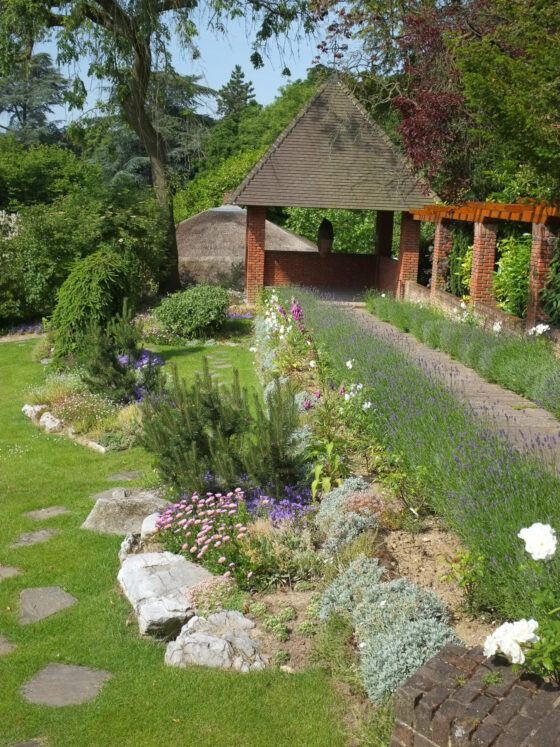
The Picturesque Garden
Designed by landscape architect Jules Buyssens, the Picturesque Garden is distinguished by its rich variety of plants and trees, featuring an abundance of exotic species. Skilfully adapted to a steeply sloping terrain, it makes the most of changes in elevation and perspective. The predominant use of mineral elements, such as stone slabs, gravel, and brick walls, enhances the Japanese influence evident in some aspects of the house, including the ground-floor windows. The Picturesque Garden, with its poetic and spontaneous atmosphere, is framed by two structured and geometric rose gardens.
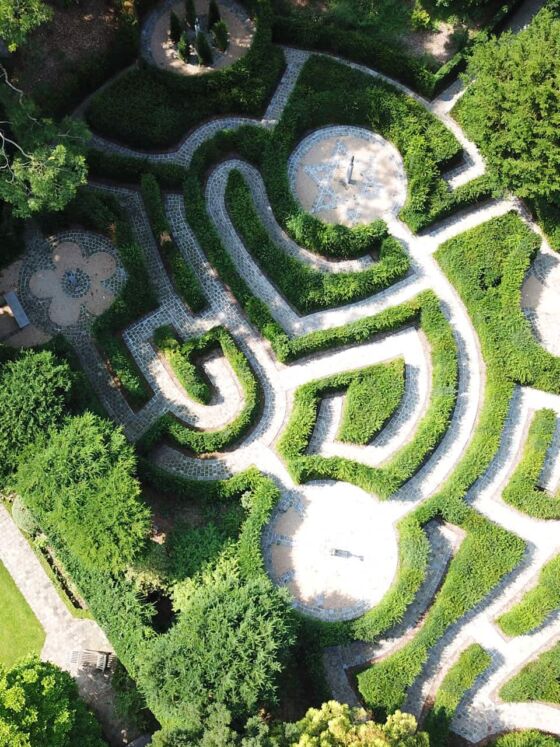
The Labyrinth
In the late 1960s, Alice purchased a steeply sloping, challenging plot of land with a denivelation of over four metres, on which stood a magnificent century-old cedar of Lebanon. One morning, she awoke with a vivid memory of a dream in which she, dressed in white, wandered through a labyrinth. She called René Pechère (1908-2002) to express her desire to create such a labyrinth on this site. It was June 1, 1968. The labyrinth theme fascinated René Pechère, who even used it as the letterhead for his stationery. The theme chosen by the landscape architect, and approved by Alice, was the “Song of Songs,” an ancient Hebrew love poem from the first millennium BCE. To illustrate certain passages from the poem within the seven verdant “rooms” in different parts of the Labyrinth, René Pechère enlisted the help of sculptor André Willequet (1921-1998).
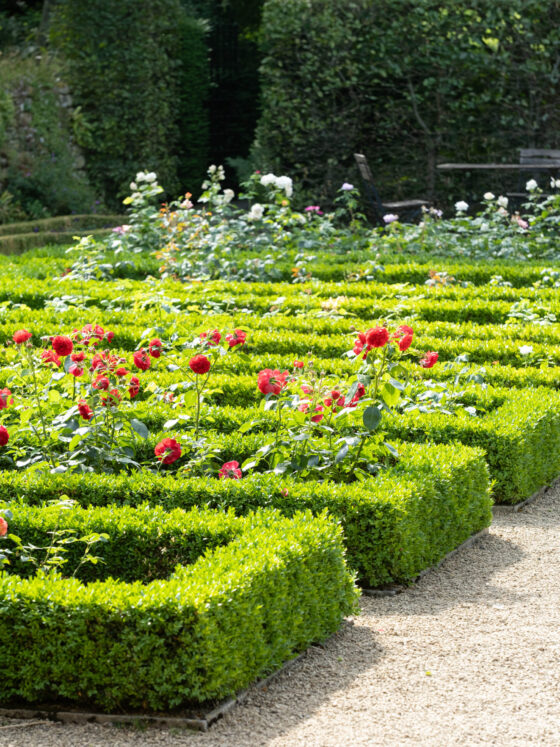
The Grand Rose Garden
Jules Buyssens (1872-1958) transformed an old tennis court below a flowering wall into a large rose garden. A fervent rose enthusiast, Alice van Buuren took personal responsibility for selecting and arranging the plantings, meticulously recording every detail in her journals. The pavilion at the far end of the rose garden dates back to the late 1930s and served as a venue for numerous receptions and performances hosted by the van Buurens. At the time of David's death in 1955, the gardens extended only as far as the romantic rose garden pergola. Today the Picturesque Garden, with its poetic, spontaneous ambiance, is framed by two geometrically structured rose gardens, reflecting a harmonious blend of natural beauty and formal design.
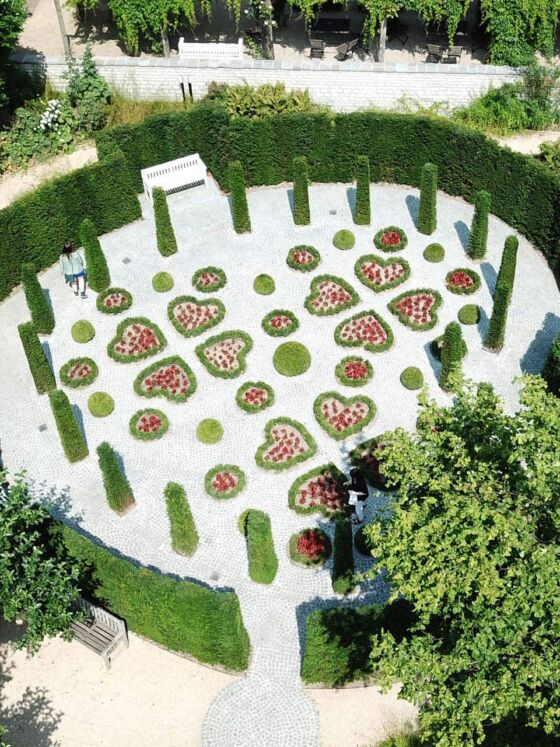
The Heart Garden
The Heart Garden derives its name from both its shape and its essence. Alice designed this space as a tribute to her late husband, creating a poignant symbol of her love. It is introduced by a text placed in front of a hedge:
“Jardin secret du cœur,
Jardin du cœur secret,
Ami,
A toi,
D’en découvrir le sens,
En te promenant,
Dans le jardin de ton cœur.”
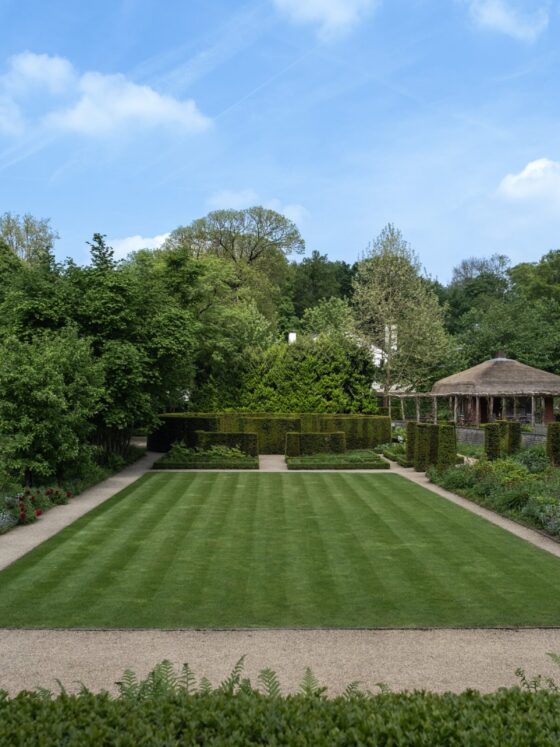
The Green Carpet
Originally a tennis court, this space has been transformed into a splendid bowling green, a meticulously maintained lawn also known as a 'bowling green' in English. Traditionally associated with the game of bowls, the bowling green also serves as a tranquil area for relaxation and leisurely walks.
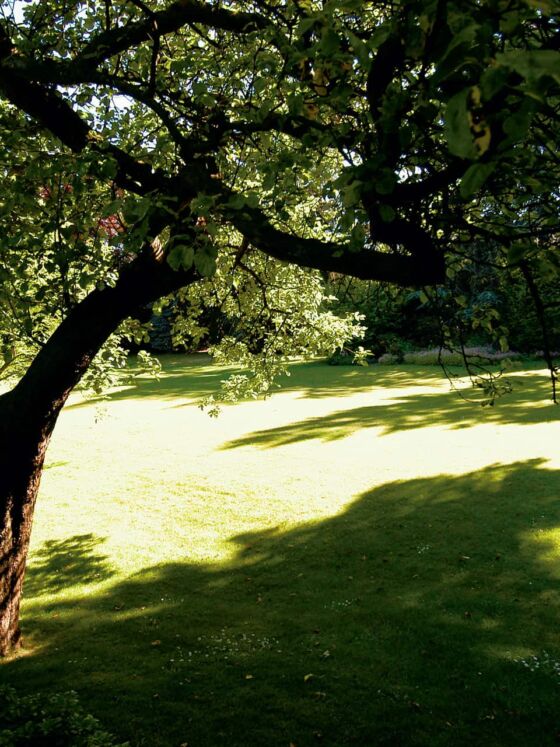
The Orchard
The garden concludes with a beautiful apple orchard, on a plot purchased by Alice towards the end of her life. She had a fourteen-ton Lebanon cedar transported there by truck. Also present is a century-old witch hazel, known for its unique ability to bloom in January. A magnolia tree has been planted a bit further along.
The masters of the Garden
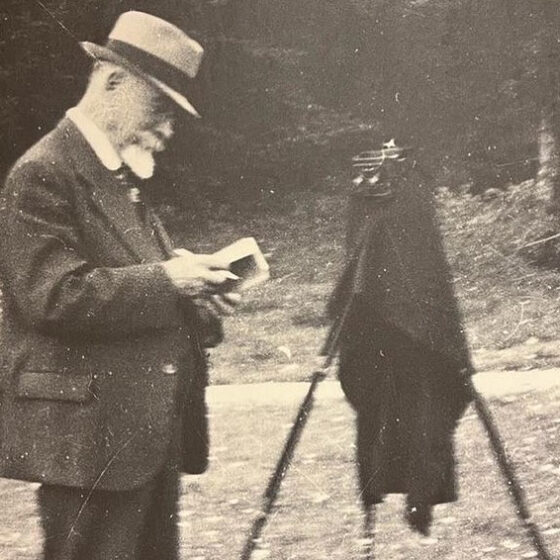
JULES BUYSSENS
1872
1958
The Picturesque Garden, the Small Rose Garden, the Large Rose Garden.
Jules Buyssens, a renowned landscape architect, was a prominent figure in Belgian garden design from the early 20th century until the Second World War. Alongside his roles as a creator, collector and nurseryman, he also served as the Inspector of Plantations for the city of Brussels. In 1925, he was commissioned by the van Buurens to design the gardens of their property in Uccle.
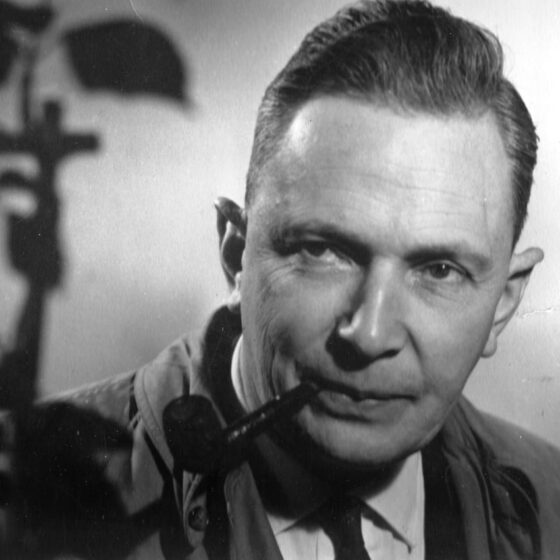
RENÉ PECHÈRE
1908
2002
The Heart Garden and the Labyrinth
René Pechère, a garden architect and urban planner trained by Jules Buyssens, left a profound mark on the Brussels landscape. During his distinguished career, he designed more than nine hundred private and public gardens worldwide. Pechère’s style, characterized by its geometric precision and classical rigour, treats plants as architectural elements. His meticulously planned designs employ colour combinations, sunlight and cast shadows to create harmonious and thoughtfully integrated outdoor spaces.